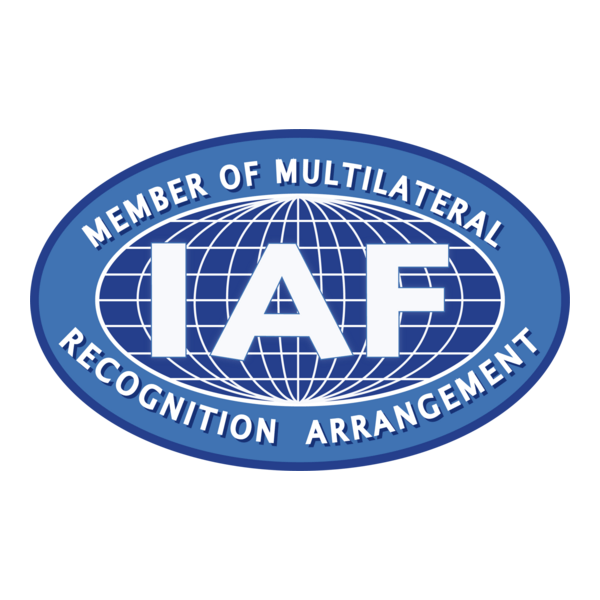Trusted & Professional Legal Services
Leading Law Firm in Nepal
Axion Partners Pvt. Ltd. is a leading Nepal-based corporate and commercial law firm with uncompromising standards of excellence and strategic advisory capabilities. We handle the most difficult compliances in Nepal delivering the most-effective, forward-looking, commercially viable solutions to our Clients.
EXCLUSIVE FOCUS ON INTERNATIONAL CLIENTS
HISTORY OF SERVING CLIENTS FROM 22+ COUNTRIES
Axion Partners leverages experience with 250+ clients across 22+ countries to deliver strategic solutions that elevate growth, optimize operations, and convert challenges into measurable wins.
VISIONARY LEGAL SOLUTIONS
TEAM OF YOUNG AND SKILLED LEGAL PROFESSIONALS
A dynamic team of young, skilled legal professionals delivering sharp expertise, agile problem-solving, and client-focused solutions designed to protect interests, maximize outcomes, and drive confident, compliant growth.
Welcome to Axion Partners!
Axion Partners is a premier law firm in Kathmandu, recognized as a top law firm in Nepal. As a leading Nepalese law firm and legal firm in Nepal, our team includes the best lawyer in Nepal and top corporate lawyers Nepal. We provide expert legal services Nepal and Nepal legal services as your dedicated corporate lawyer Nepal, business lawyer Nepal, and commercial lawyer Nepal. Whether you need a corporate lawyer Kathmandu or a corporate lawyer near me, our Nepal corporate attorney team is ready.
We specialize in company registration Nepal, business registration Nepal, and company incorporation Nepal. As your expert lawyer for company formation Nepal and start-up lawyer Nepal, we manage corporate structuring Nepal, corporate compliance Nepal, and corporate governance Nepal. Our expertise covers complex areas like mergers and acquisitions Nepal, legal due diligence Nepal, corporate litigation Nepal, and commercial litigation Nepal. We serve as a skilled corporate dispute lawyer Nepal, foreign investment lawyer Nepal, intellectual property lawyer Nepal, and contract lawyer Nepal.
From our base as a law firm in Lalitpur and a legal firm in Pokhara, every Nepal bar association lawyer on our team offers sound legal consultation Nepal and legal advice for business Nepal. We handle all legal documentation Nepal and provide comprehensive corporate advisory Nepal. As a full-service business law firm Nepal and law firm for businesses Nepal, we are your trusted partner for all matters concerning Nepal business law, company law Nepal, corporate law Nepal, and commercial law Nepal, offering complete legal support Nepal and corporate legal services Kathmandu. For expert legal counsel for companies Nepal, choose Axion Partners.


What We Do
SPECIALIZED CORPORATE LAWYERS IN NEPAL
Axion Partners is considered by many to be the best law firm in nepal providing integrated legal solutions across all major practice areas. Our teams are organized by client needs and outcomes, allowing us to deliver creative, business-oriented solutions. We combine deep legal experience with an agile, multidisciplinary approach to solve the most critical challenges of our time.

EXCELLENCY IN SERVICE
Stay informed and empowered with regular updates and clear explanations, ensuring you understand every step of the legal process.
OUR CAPABILITIES
OUR AREAS OF PRACTICE
Axion Partners delivers top-tier corporate legal services in Nepal. Based in Kathmandu, we help businesses, investors, and multinational corporations navigate complex legal matters with precision and expertise. Our team of skilled corporate lawyers and criminal lawyer in nepal provides strategic solutions tailored to each client’s needs.
We specialize in corporate law, mergers and acquisitions (M&A), foreign direct investment in Nepal (FDI), taxation, commercial contracts, corporate compliance, arbitration, and litigation. We also handle banking and finance law, labor and employment law, competition law, intellectual property, technology law, and regulatory compliance.
Clients trust us for our proactive approach and commitment to results. We represent national and international businesses, startups, financial institutions, NGOs, INGOs, and government bodies. Our lawyers offer practical legal guidance that helps businesses grow, manage risks, and resolve disputes efficiently.
BANKING AND FINANCE LAWYERS
The Firm delivers corporate legal advisory, loan structuring, compliance, and FDI-related services, representing clients through trusted legal opinions and Nepal business law expertise.
OUR COMMITMENT TO CLIENTS
OUR RANGE OF SERVICES

FOREIGN BUSINESS REGISTRATION
(FDI, BRANCH, LIAISON)

INTELLECTUAL PROPERTY
(TRADEMARK, PATENT, COPYRIGHT)

COMPANY REGISTRATION
(PRIVATE, PUBLIC, NON-PROFIT)

LEGAL LICENSING/PERMIT
(HYDROPOWER, MANPOWER, INDUSTRY, EDUCATION CONSULTANCY, TRAVEL AGENCY, FOOD INDUSTRY)

REGULATORY COMPLIANCES WITH GOVERNMENT AGENCIES
(DOI, OCR, IMMIGRATION, MINISTRY, NRB, SWC, IRD, IRO)

CORPORATE LEGAL
(FRANCHISE, CONTRACTS, NEGOTIATIONS, CROSS-BORDER ADVISORY, JOINT VENTURE)

RE-STRUCTURING AND POLICY ADVISORY
(LABOR & HR, ORGANIZATIONAL, FINANCE, ADMIN, AML)
TEAM OF LAWYERS AND CONSULTANTS
Axion Partners Pvt. Ltd. is a dedicated team of ten legal professionals committed to delivering reliable and efficient support to businesses. Our lawyers uphold strong ethical standards in every matter we handle. We are skilled in managing liaising tasks with government bodies, regulatory offices, and private institutions.

BHASKAR PRASAD POKHREL

AUPSON POKHREL

ADITYA YADAV

SAFALTA BISHWAKARMA

SAPANA SHARMA

RACHANA SUBEDI

ASHISH MAHATO

ADARSH ADHIKARI
10 Reasons to Choose Axion Partners
- Clear Legal Process → You get straightforward, step-by-step direction that cuts through confusion and helps you make decisions faster.
- Accuracy of documentation → Your paperwork—registrations, contracts, and compliance files—is prepared with care, reducing the chances of rejection or costly errors.
- Speed of service delivery → Your registrations, drafts, and approvals move quicker thanks to organized, efficient workflows.
- Legal compliance assurance → Your business stays in line with Nepal’s regulations, helping you avoid disputes or government pushbacks later.
- Experience in corporate and registration matters → You gain confidence from working with a team that understands sector-specific challenges and best practices.
- Transparent pricing → You receive clear cost structures with no hidden fees, making budgeting straightforward and predictable.
- End-to-end service availability → You gain all essential services—registration, drafting, compliance, and advisory—under one firm, reducing the need to coordinate multiple providers.
- Responsiveness and communication → You stay updated with timely responses, clear explanations, and consistent follow-ups at every stage.
- Risk management and preventive advice → You reduce potential legal issues with guidance that focuses on preventing conflicts before they arise.
- Long-term support → You gain a committed advisory partner that helps your business stay compliant and grow as regulations change.
RATED 5-STARS BY 200+ CLIENTS





Frequently Asked Questions
Costs depend on the complexity of your matter, but the firm, Axion Partners, provides transparent fees and clear estimates so you know exactly what you’re paying for before you begin.
Timelines vary, but the firm, Axion Partners, uses a structured process, faster documentation, and consistent follow-ups to keep your matter moving without unnecessary delays.
Yes. The firm, Axion Partners, provides dedicated attention, regular updates, and proactive communication so your matter never feels ignored.
Axion Partners Pvt. Ltd. is a leading Nepalese law firm serving foreign clients. It specializes in foreign direct investment (FDI), branch office registration, corporate law, trademarks, and legal compliance for international businesses operating in Nepal.
Axion Partners provides legal services in corporate law, trademarks, foreign direct investment (FDI), branch office registration, legal retainer services, and regulatory compliance. It helps businesses navigate Nepal’s legal framework smoothly and efficiently.
Absolutely. The firm, Axion Partners, offers a wide range of legal and corporate services, allowing you to handle everything in one place without needing multiple firms.






























